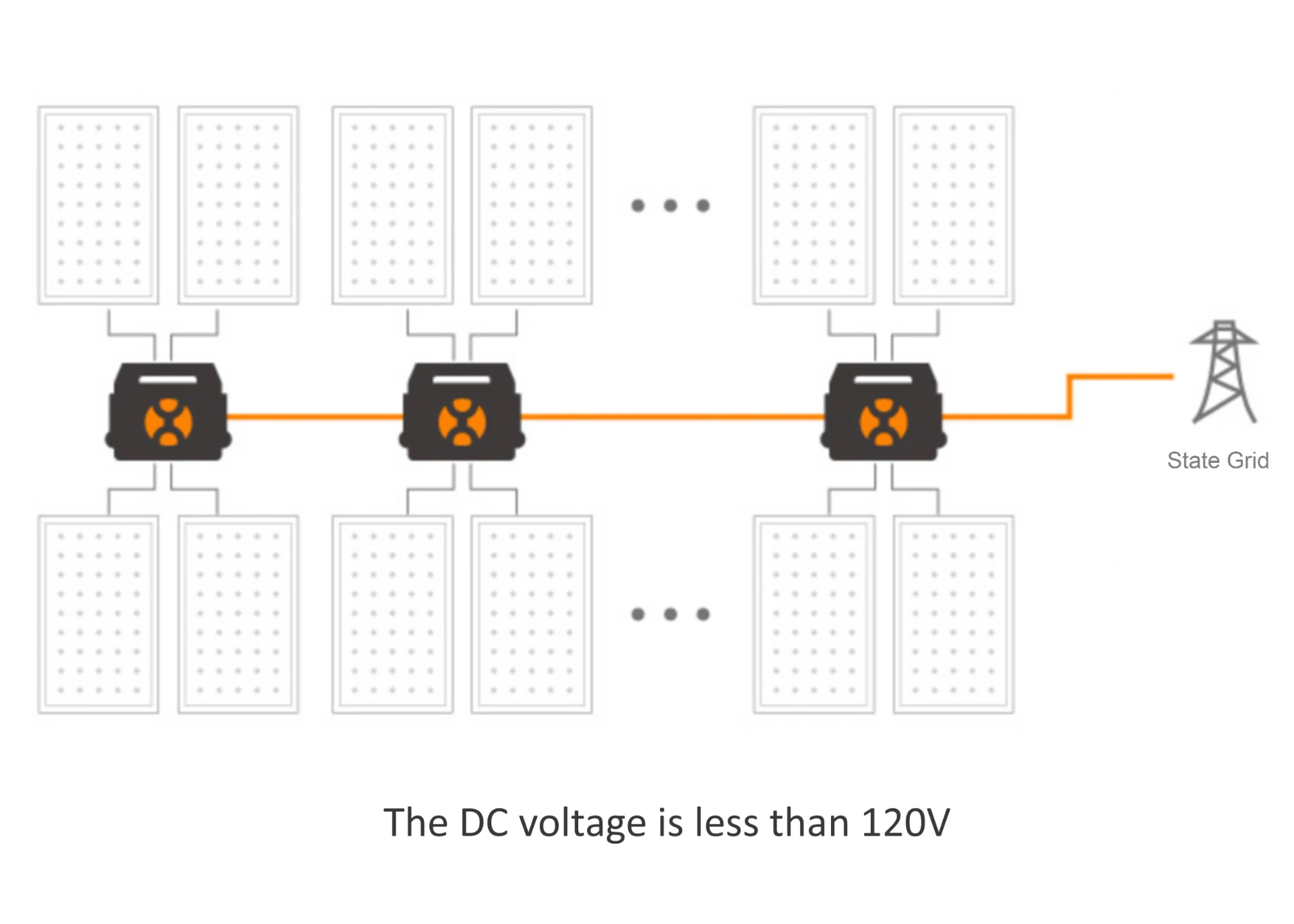Best Solar Inverter Prices 1KW Hybrid, 3 Phase & 5KVA Deals
- Understanding Solar Inverter Pricing Dynamics
- Technical Advantages Driving Cost Efficiency
- Comparing Top Manufacturers: Features vs. Price
- Custom Solutions for Residential and Commercial Needs
- Real-World Applications and Cost-Benefit Analysis
- Future Trends in Solar Inverter Technology
- Maximizing ROI with Smart Solar Inverter Investments

(solar inverter price)
Understanding Solar Inverter Pricing Dynamics
The global shift toward renewable energy has intensified demand for solar inverters, directly influencing price structures. A 1 kW hybrid solar inverter typically ranges between $800 and $1,500, depending on battery compatibility and grid-tie features. Three-phase solar inverters, designed for commercial setups, start at $2,000 and can exceed $5,000 for high-capacity models. Meanwhile, 5kVA solar inverters balance affordability and performance, averaging $1,200–$2,800. Prices fluctuate based on efficiency ratings (e.g., 95% vs. 98%), warranty terms, and smart monitoring capabilities.
Technical Advantages Driving Cost Efficiency
Modern solar inverters integrate advanced Maximum Power Point Tracking (MPPT) algorithms, boosting energy harvest by 15–25% compared to older models. Hybrid inverters with lithium-ion compatibility reduce reliance on grid power, cutting electricity bills by 40–70% in peak hours. Key innovations like reactive power control in three-phase systems enhance grid stability, while modular designs in 5kVA units allow scalability. Leading brands now offer 10–12-year warranties, reflecting improved durability and lower lifetime costs.
Comparing Top Manufacturers: Features vs. Price
| Brand | Model | Power Rating | Efficiency | Price Range | Warranty |
|---|---|---|---|---|---|
| SolarEdge | SE-5000H | 5kVA | 98.2% | $2,300–$2,700 | 12 years |
| Huawei | SUN2000-5KTL | 5kVA | 98.5% | $2,100–$2,500 | 10 years |
| Victron Energy | MultiPlus-II | 3kVA | 96.8% | $1,800–$2,200 | 5 years |
Custom Solutions for Residential and Commercial Needs
Tailored configurations address specific energy profiles. For urban households, 1 kW hybrid inverters paired with 3–5 kWh batteries provide 8–12 hours of backup during outages. Industrial clients favor three-phase solar inverters with 10–20kVA capacities, achieving ROI within 4–6 years through net metering. Customizable 5kVA systems dominate mid-sized businesses, offering 30–50% annual savings on operational costs.
Real-World Applications and Cost-Benefit Analysis
A case study from a California-based warehouse showed a 25kVA three-phase inverter system reducing monthly energy expenses from $4,200 to $1,900. Similarly, a residential project in India using a 5kVA inverter with 6 kW solar panels achieved full energy independence, saving $1,100 annually. These examples underscore the importance of aligning inverter capacity with consumption patterns.
Future Trends in Solar Inverter Technology
AI-driven predictive maintenance and blockchain-enabled energy trading are reshaping inverter functionalities. Prices for IoT-integrated models are projected to drop 8–12% by 2026, driven by economies of scale. Additionally, gallium nitride (GaN) semiconductors promise 99% efficiency rates, potentially reducing system costs by 18–22%.
Maximizing ROI with Smart Solar Inverter Investments
Selecting the right solar inverter price
bracket requires evaluating long-term energy goals. Hybrid and three-phase systems deliver superior ROI in regions with unstable grids or high tariffs. Prioritize inverters with modular expansion ports and cloud analytics to adapt to evolving needs. With strategic planning, businesses and homeowners can achieve payback periods as short as 3–5 years while contributing to sustainability targets.

(solar inverter price)
FAQS on solar inverter price
Q: What is the average price range for a 1 kW hybrid solar inverter?
A: The price of a 1 kW hybrid solar inverter typically ranges between $300 and $800, depending on brand efficiency, warranty, and additional features like battery compatibility.
Q: How much does a three-phase solar inverter cost?
A: Three-phase solar inverters usually cost between $1,500 and $4,000, with higher prices reflecting advanced grid-management capabilities, power output, and commercial-grade durability.
Q: What factors influence the price of a 5kVA solar inverter?
A: A 5kVA solar inverter’s price ($800–$2,500) depends on efficiency ratings, brand reputation, smart monitoring features, and compatibility with solar battery systems.
Q: Are hybrid solar inverters more expensive than standard models?
A: Yes, hybrid solar inverters cost 20–30% more than standard grid-tie models due to their dual functionality for solar battery storage and grid interaction.
Q: Why do three-phase solar inverters have a higher price tag?
A: Three-phase inverters are priced higher for their ability to handle heavy loads, stabilize voltage in commercial setups, and comply with industrial energy requirements.
-
Unlocking Energy Freedom with the Off Grid Solar InverterNewsJun.06,2025
-
Unlock More Solar Power with a High-Efficiency Bifacial Solar PanelNewsJun.06,2025
-
Power Your Future with High-Efficiency Monocrystalline Solar PanelsNewsJun.06,2025
-
Next-Gen Solar Power Starts with Micro Solar InvertersNewsJun.06,2025
-
Harnessing Peak Efficiency with the On Grid Solar InverterNewsJun.06,2025
-
Discover Unmatched Efficiency with the Latest String Solar InverterNewsJun.06,2025







